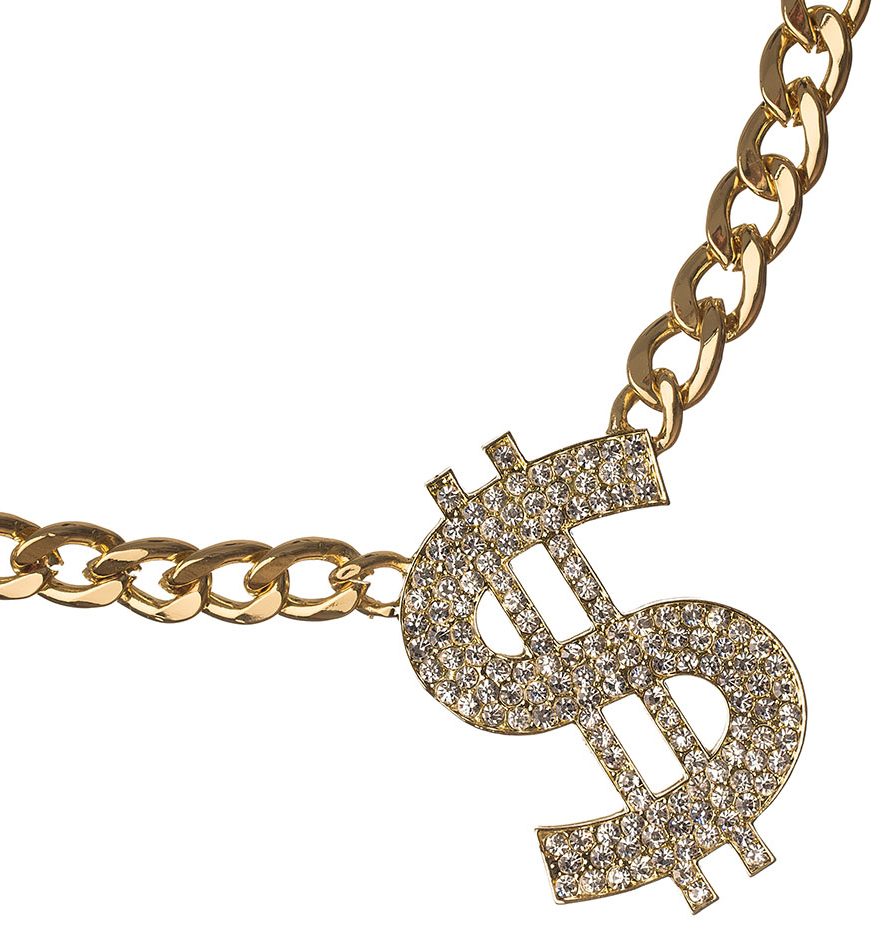At the start of the pandemic, many of us wondered how the jewelry industry would survive. Still, we had no idea how much it would thrive.
While plenty of people thought 2021 would be a good year for jewelry, many were surprised when it turned out to be not a great year, but a really great one.
For a business that, in the best of times, typically enjoys high single-digit gains, it was shocking to see so many jewelers posting double-digit increases in 2021. Mastercard SpendingPulse reported that holiday jewelry sales in 2021 jumped 32% over the previous year, nearly four times the recorded jump in overall retail sales (8.5%). In fact, jewelry saw the largest gains in any category the company measured. Even better, in many cases, these gains didn’t just top the pandemic year of 2020; they were an improvement over pre-pandemic 2019.
Why was the COVID-19 crisis, which was so horrible for the world, so good for the once-beleaguered jewelry biz? JCK asked a variety of industry players that question, and received a wide range of responses.
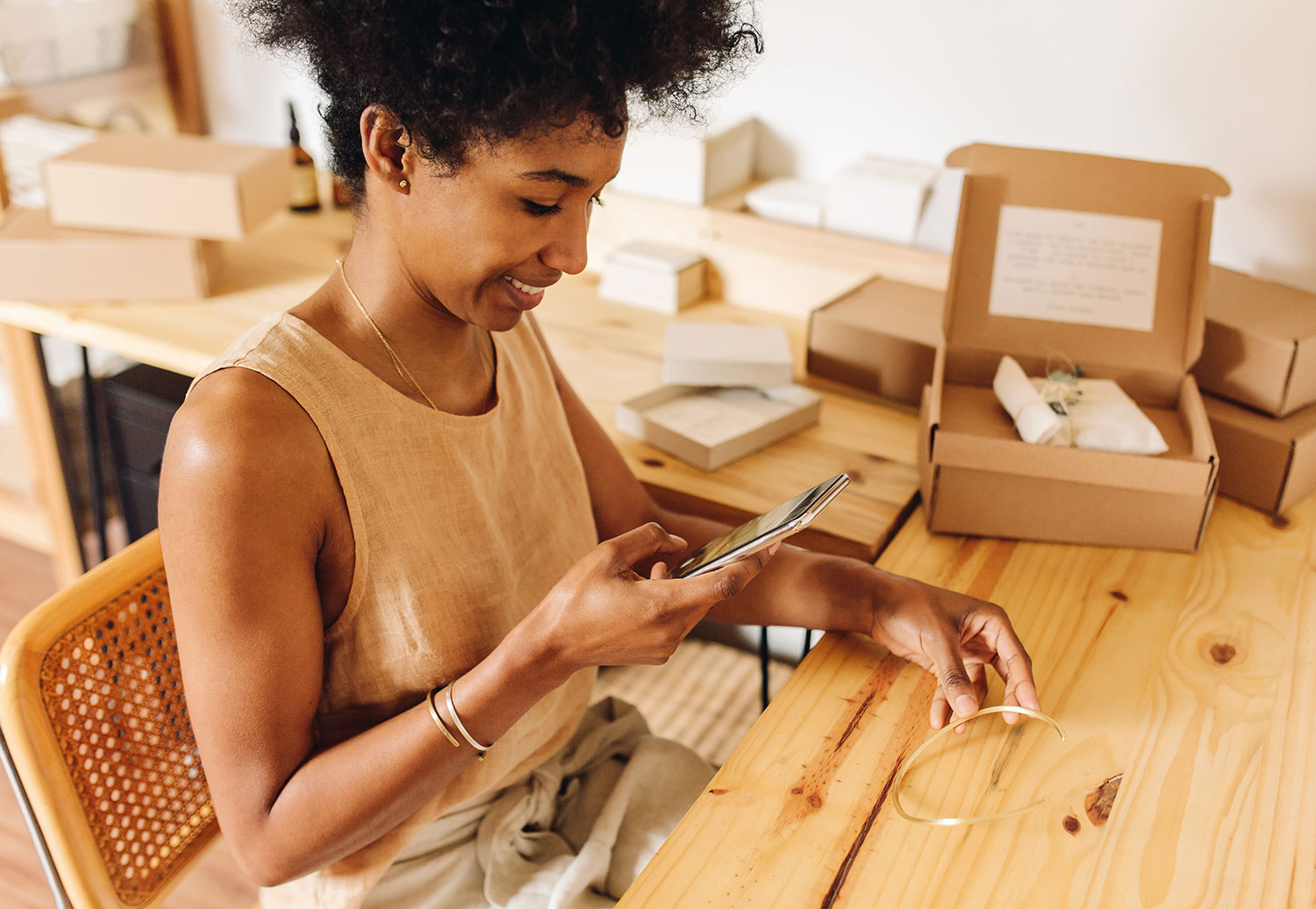
The industry upped its game.
David Kellie, CEO of the Natural Diamond Council, is one of the few observers who aren’t surprised by the industry’s massive gains.
“When I came into this role, I looked at the numbers for the last 10 years and saw that the diamond jewelry market vastly underperformed the luxury market,” he says. “I thought the market could be 50% bigger. I thought there was huge potential in this market if we get things right.”
Kellie says that while in the past fashion was driven by the major brands, their ability to dictate trends has disappeared since the advent of the Digital Revolution. “The fashion trends now come from the street rather than being driven by the runway.”
For jewelers, the pandemic forced them to get better at digital marketing and develop that same kind of responsiveness to customer needs.
“The strength of the industry is that it’s very traditional, but that has also been a weakness,” Kellie says. “We have lagged fashion. But now we’re using digital to get a new understanding of the consumer. Trends are being set from the bottom up rather than the top down. That leads to more men’s jewelry, more self-gifting; it leads to a casualization, a more-frequent-purchase environment.”
Jonathan Goldman, CEO of Frederick Goldman, agrees that since the start of the pandemic, “social media has improved and has become a major influence in jewelry purchases.
“As an industry, we got better because we had to,” he says, adding that companies like Signet developed new tools such as live chat and curbside pickup “basically on the fly.”
The level of outreach that jewelers were forced to implement when fewer consumers were coming into stores gave them another leg up, says Abe Sherman, CEO of Buyers Intelligence Group. “Engagement with consumers—through texts, phone calls, emails, and programs like Clientbook—is way up,” he says. “If we have learned anything, it’s [that] being engaged and available for your customer matters.”
Stimulus checks arrived.
The Trump and Biden administrations have pumped a combined $4 trillion into the economy since the start of the pandemic. At first, this led to unprecedented savings by consumers. In April 2020, the U.S. savings rate hit a record 33.8%. That didn’t last, though the savings rate reached a second high of 26.5% in March 2021.
But now, savings are down again, and Goldman says that’s to be expected. “The American consumer doesn’t save; that is just the way it is. We could see the stimulus [boost sales] through our system.”
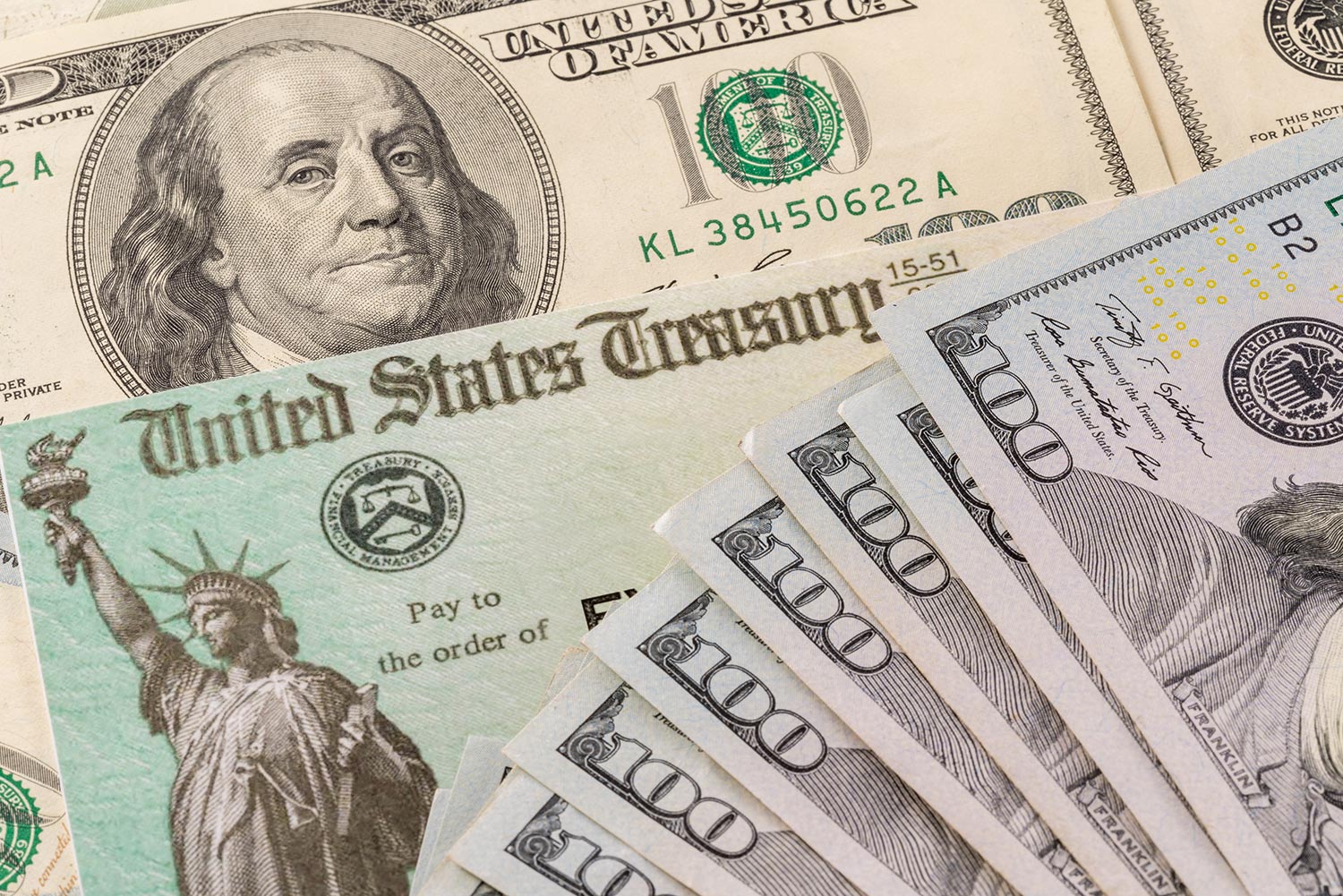
The stock market posted huge gains.
Jewelry sales weren’t alone in blowing away expectations in 2021. So did Wall Street. In 2021, the S&P 500 ended the year 27% up—substantially topping most forecasts. That’s particularly good news for the demographic with the most money invested in the market—the rich.
“If you look at the U.S. savings, the total number has been very narrowly saved by a relatively small percentage of the population, and that’s the affluent, who are quite key in the diamond-buying world,” says Stephen Lussier, De Beers’ recently retired executive vice president for brands and consumer markets. “The savings rate looks quite good in general, but it’s distributed very unevenly across Americans.”
Adds Sherman: “Because of the stock market, because people’s home values have gone up, a lot of people feel wealthier. That may just be a temporary thing, but for now, it’s real.”
Consumers had fewer discretionary-purchase options.
Still, just because people have more money, that doesn’t mean they will buy jewelry. In past years, consumers might have splurged on a cruise or fancy meal. In 2021, in the midst of the pandemic, those options weren’t always available.
“Anyone with expendable income had nothing to spend it on but jewelry,” says Paul Tacorian, CEO of Tacori.
Although experiential spending has been trending upward, it’s still not where it was. The U.S. Travel Association said that while travel spending has topped 2020 levels, it was still 12% lower in October 2021 than two years prior. The National Restaurant Association reported that restaurants mostly recovered in 2021, but their numbers fell below pre-pandemic levels in December.
Jewelry was less affected by supply-chain issues.
While some jewelers had trouble getting product, overall the jewelry business—which has traditionally been over-inventoried—had fewer supply issues than other industries.
“You look at cars, appliances, furniture: It was hard to get anything that was on a ship,” Sherman says. “Jewelry is flown in, so it wasn’t sitting on some boat outside the port of Los Angeles.”
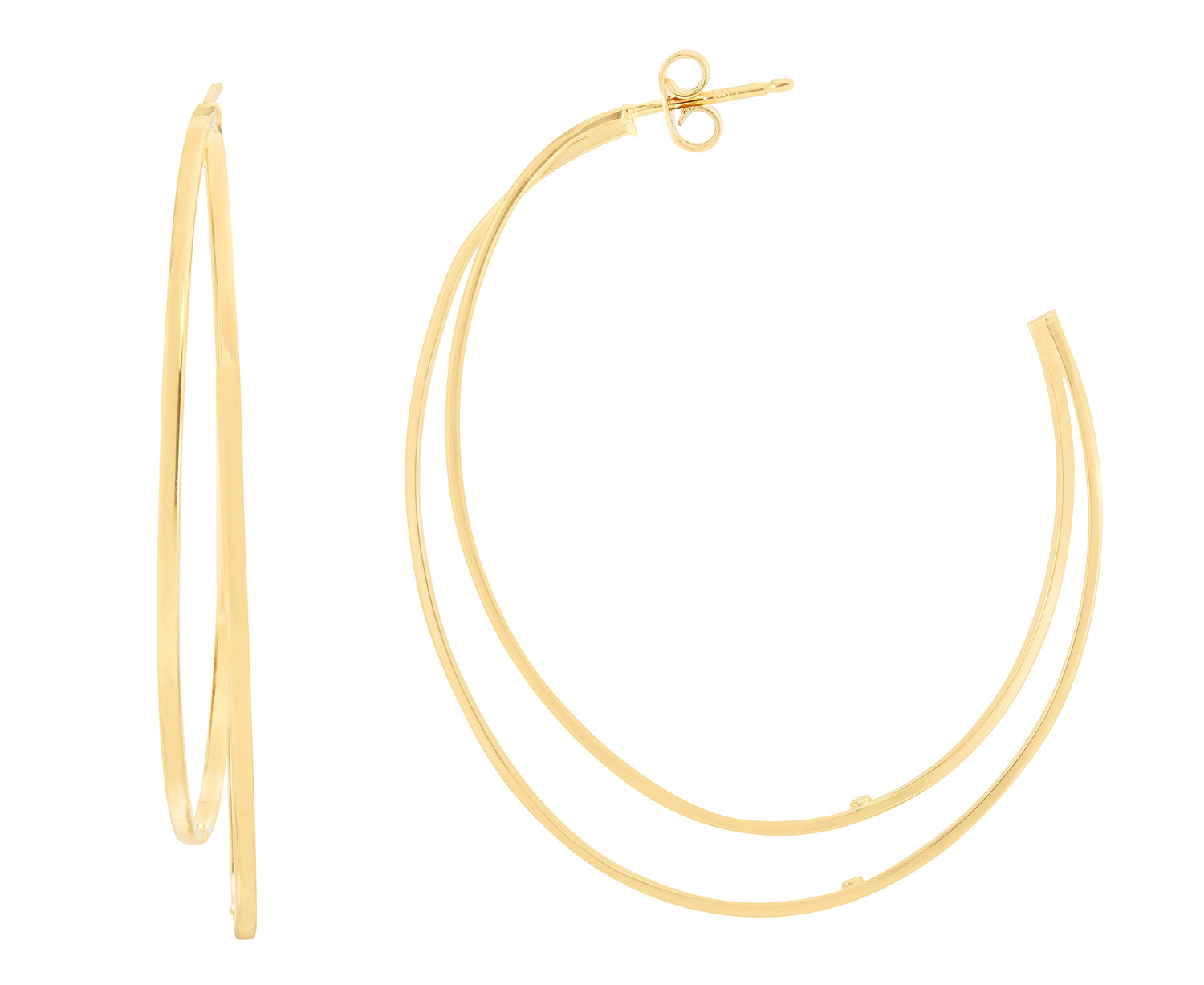
People wanted to look good on Zoom.
In 2019, Zoom was barely a thing. But the widespread adoption of videoconferencing during the pandemic led to a whole new set of protocols, from choosing the right backgrounds to knowing when to hit “mute.” And while it’s fine to videoconference in sweatpants, Signet CEO Gina Drosos told Marketwatch that the desire to look “Zoom-worthy” caused sales of pendants and earrings to spike.
Lab-grown diamonds took off.
One can argue about whether lab-grown diamonds cannibalize or add to the existing diamond business; many think they do both. Yet, right now, with both categories soaring, few are complaining.
“Any time you come up with something new, it’s a good thing,” Goldman says. “[Lab-grown diamonds] helped people think of jewelry as a wardrobing opportunity.”
One person who agrees with this—rather surprisingly—is Kellie, head of the Natural Diamond Council. He says all the media stories on lab-grown diamonds—often accompanied by sparkly gem shots—have brought more attention to the category overall.
“It’s good to be part of the conversation,” he says. “I would much rather be talked about than not talked about.”
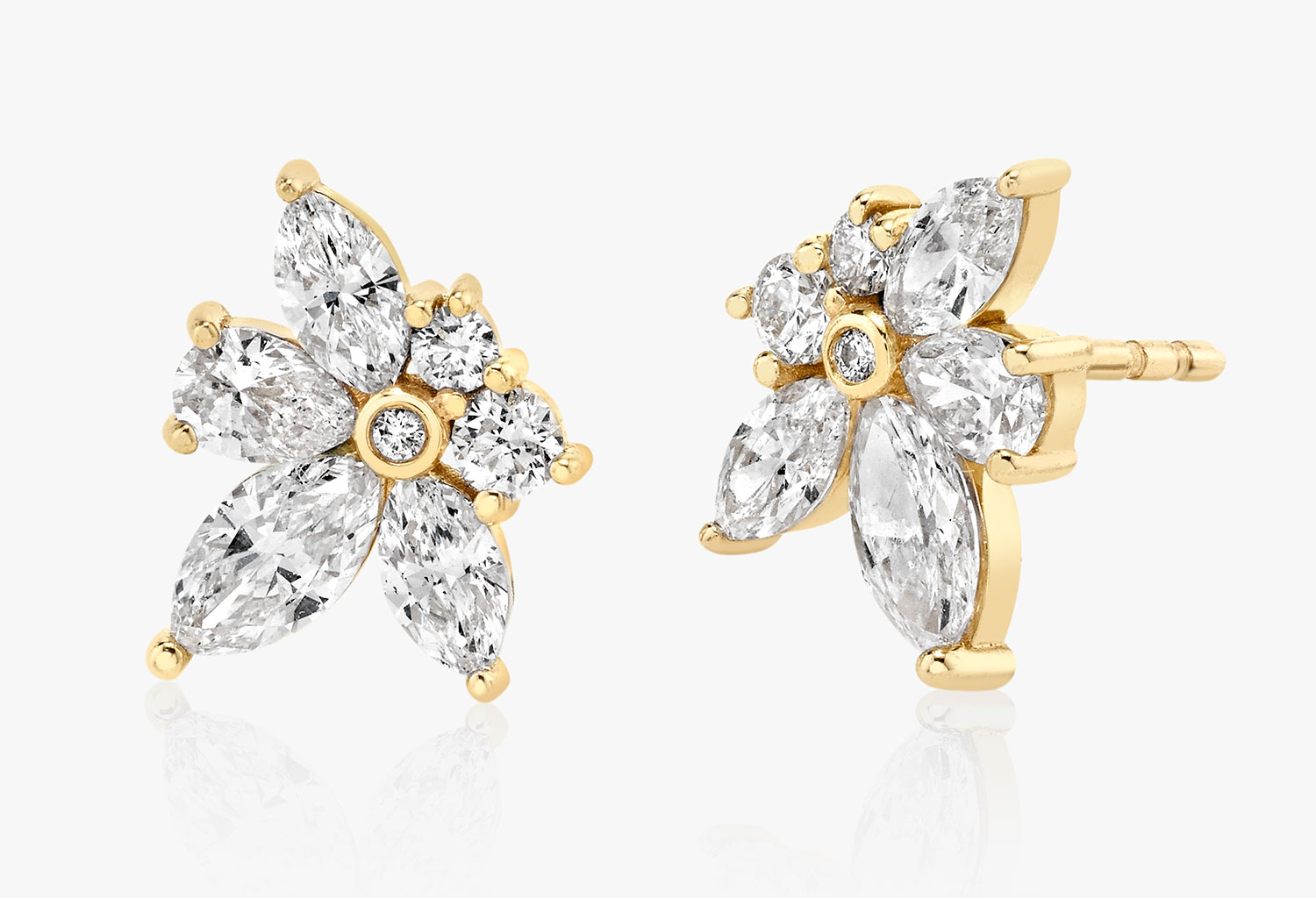
People wanted a pandemic “reward.”
“I have heard people say that, after all this, they wanted to reward themselves,” Goldman says. “And that reward was often a piece of jewelry.”
Lussier adds that the fear generated by the coronavirus may have loosened a few purse strings. “There was certainly the sense that there’s no point in putting things off,” Lussier says. “If you want something, go get it now, because no one knows what’s going to happen in the future.
“Jewelers tell me when they were doing store events at Christmas, customers would come in and they would show them a couple of items. And usually they would pick one,” Lussier adds. “This year, they said, ‘Maybe I’ll have them both.’ The whole experience of COVID leads to a sense of ‘I deserve extra.’”
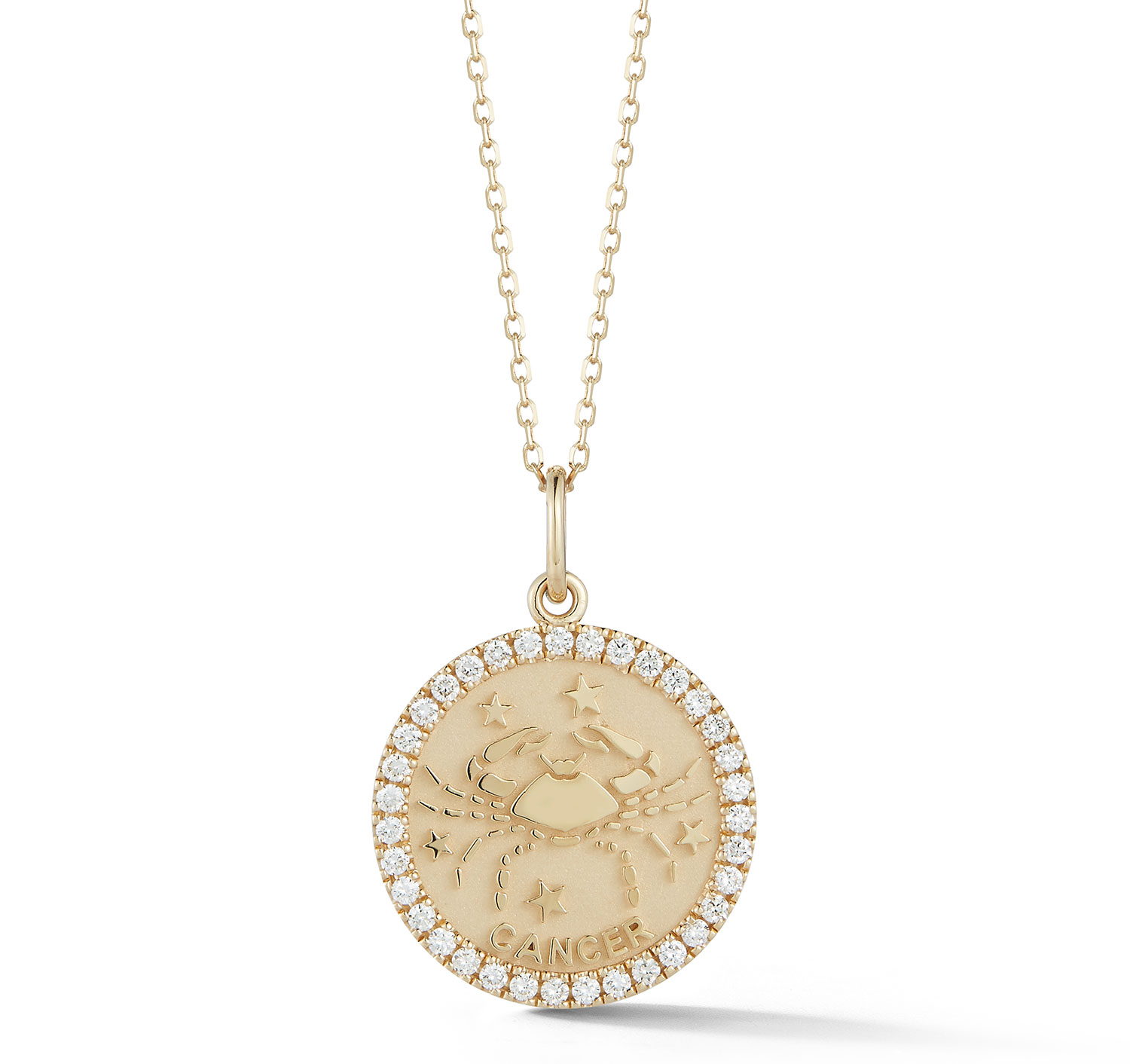
People kept getting engaged.
In 2020, many weddings were postponed because of COVID-19. In 2021, they were again put off and scaled down. Which is why many think 2022 will see a surge in nuptials.
The Wedding Report estimated there will be 2.5 million weddings this year—the highest number since 1984 and more than in 2020 and 2021 combined.
“If we get anywhere close to those [wedding] numbers, we will have a super, super year,” Goldman says. “Weddings are not just engagement rings; it’s wedding rings—there’s huge knock-on sales.”
Tacorian believes the trend will continue, as the experience of COVID-19 has fed a greater desire for connection. “There are millions of people that were alone for two years,” he says. “The loneliness is something they don’t want to feel again. They will be in search of partners.”
In addition, many once-casual couples suddenly opted to cohabitate, causing some to take their relationships to the next level. “Our research showed that 50% of pre-engagement couples decided to quarantine together,” said Drosos on a conference call. “Half of them said their relationship got stronger during COVID-19, with only 7% saying their relationship worsened.”
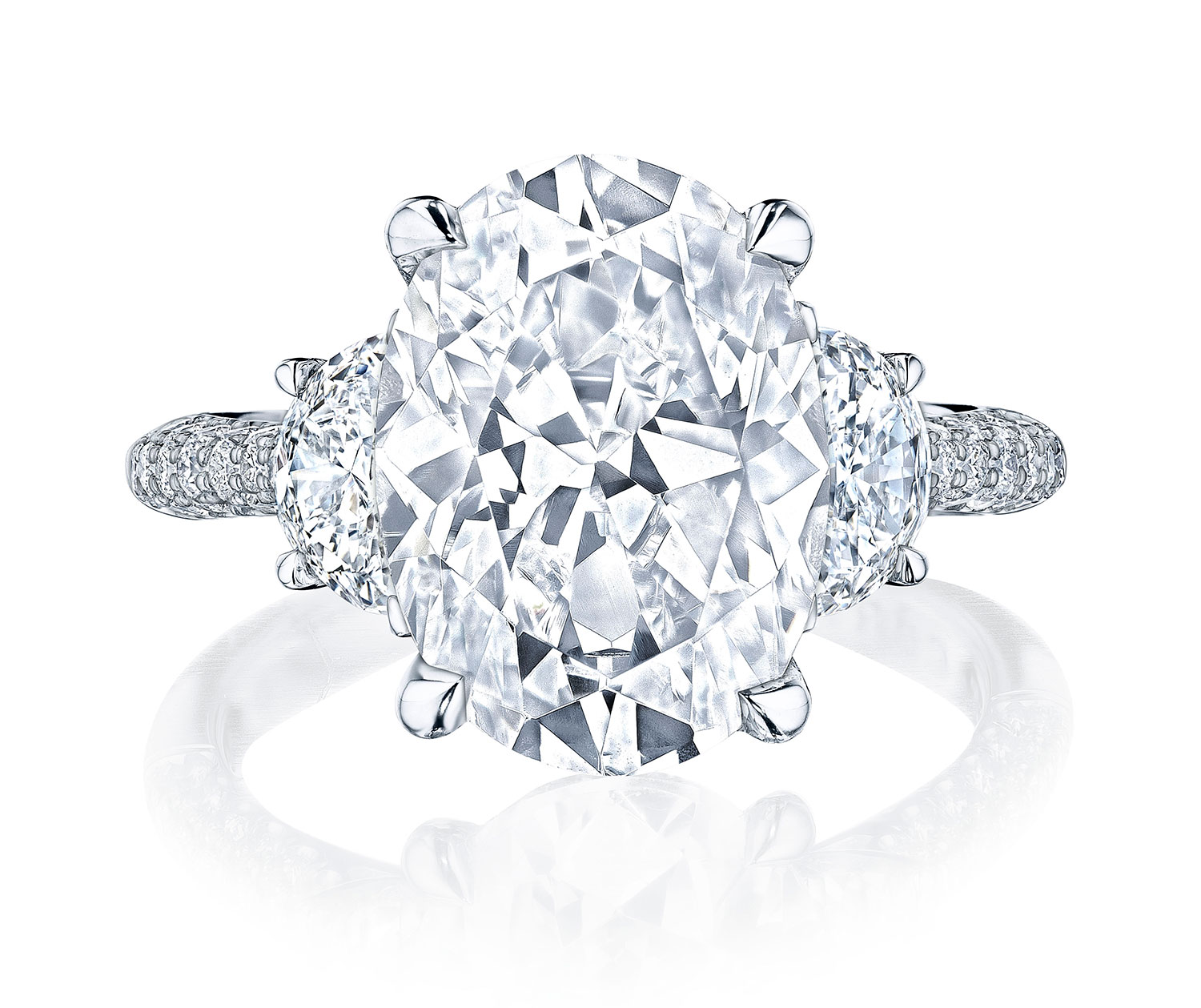
Jewelry is an emotional product.
If one examines past crises, they almost always sparked a dramatic drop in jewelry sales, followed by a dramatic recovery. “We saw it after Sept. 11, and we saw it after the 2008 financial crisis,” Tacorian says. “After a crisis, people focus on what’s meaningful.”
Dominick Gabriel, co-owner, senior vice president, and chief design officer of Gabriel & Co., believes consumers like the fact that jewelry is tangible and “real.”
“People wanted real meaning,” he says. “They realized the most important things were their loved ones. Jewelry is real. It’s very personal and makes you feel good.
“At the beginning of the pandemic, my wife came downstairs and she was dressed casually, but she still wore her jewelry,” he says. “She said, ‘It makes me feel good.’ I called my sales director and said, ‘When things open up, it will be a banner year.’”
• • •
So what does the future hold? Executives say a lot depends on what happens with COVID-19, the world situation, and the economy, particularly the child tax credit. Assuming the pandemic fades into the background, some see a possible shift into “experiential” spending.
Still, the wedding boom—assuming it comes—will likely help. Jewelers have also gained many new customers in the last year, and when people start to buy jewelry, they tend to want more.
Kellie believes the business will continue to thrive if jewelers remember the lessons they learned during the pandemic. This period has “made us a much healthier industry,” he says. “If we become stronger on digital, I believe this is just a start of the long-term trend. We have a lot of white space ahead of us.”
($ necklace photo: Getty Images)
